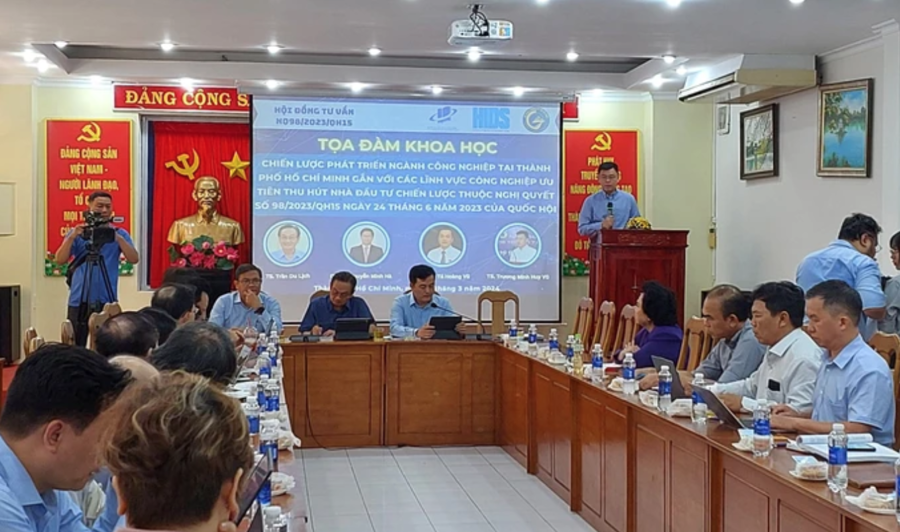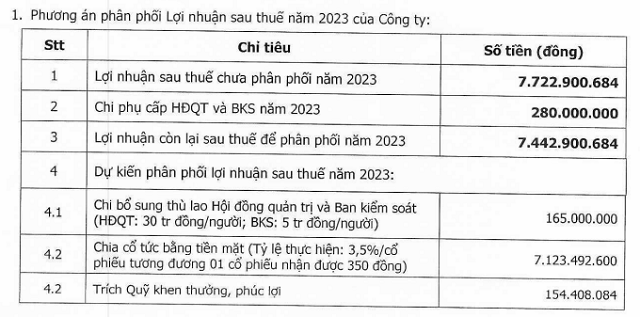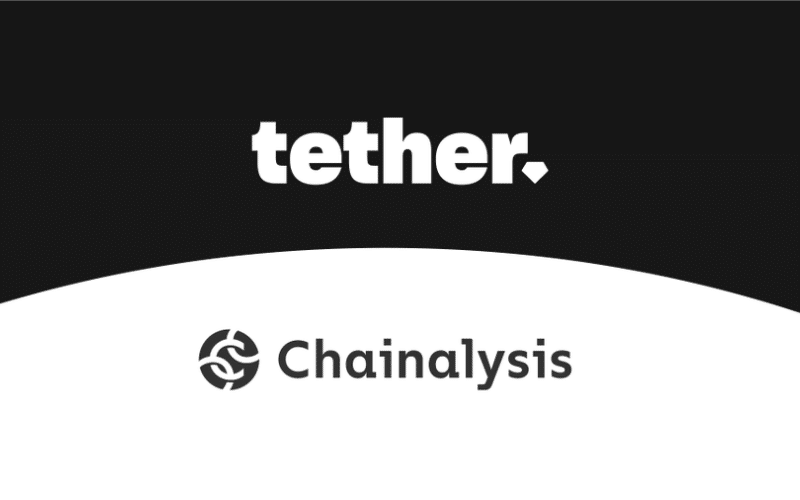In an effort to transform the economic structure of Ho Chi Minh City from labor-intensive and land-intensive industries to technology-intensive and capital-intensive industries, the city has outlined a plan for the period of 2006-2010. However, this process has been slow and still has many shortcomings. Specifically, for Ho Chi Minh City, real estate development has been more attractive than industrial development. As a result, industrial land in the city is very expensive, and there is a shortage of industrial businesses.
LACK OF LEADING INDUSTRIAL ENTERPRISES
Speaking at a seminar on the “Strategy for the development of the industrial sector in Ho Chi Minh City linked to priority industrial sectors to attract strategic investors under Resolution 98/2023/QH15 of the National Assembly” organized by the Ho Chi Minh City Institute for Development Studies on March 12, 2024, Mr. Tran Du Lich, Chairman of the Advisory Council for the implementation of Resolution 98/2023/QH15 (Resolution 98 – on the pilot mechanisms and policies for the special development of Ho Chi Minh City), said that Ho Chi Minh City has many industrial sectors but has not yet developed leaders in each sector. It has not formed any development focal points that can lead the way. These shortcomings need to be addressed in the industrial development strategy.
“Ho Chi Minh City needs to determine which industries are the main pillars of development and are linked to the Southeastern region, as the city does not have the advantages for industrial development like the surrounding provinces. It’s a big challenge to determine which field, which place; we need to clarify the advantageous investment sectors, and how to attract strategic investors according to Resolution 98,” emphasized Mr. Lich.

Mr. Tran Viet Ha, Deputy Head of Ho Chi Minh City Management Board of Industrial and Export Processing Zones (HEPZA), said that at the beginning, the city developed industries that could take advantage of the city’s and Vietnam’s strengths such as textiles, leather, mechanical engineering, and plastics. But the current trend is to focus on high-tech industries, especially those related to intellectual property such as semiconductor chips… Currently, cheap labor and abundant resources are no longer competitive advantages. The surrounding areas have become urbanized, with industrial and export processing zones embedded in residential areas. So, how to develop in the direction of high technology is an essential requirement in the current context.
“To attract high-tech industries, Ho Chi Minh City currently faces a shortage of land,” according to Ha.
According to Associate Prof. Dr. Nguyen Anh Thi, Head of the management board of High-Tech Park, Ho Chi Minh City should develop industries that are technology-intensive, not just capital-intensive. Industrial development must be based on strong foundations such as human resources, scientific and technological research, and new creative ideas. The priority industry should focus on biotechnology, semiconductor chips… In the global value chain of design – manufacturing – packaging, Vietnam has only been able to do design and packaging, not manufacturing yet.
“Land cannot be a competitive advantage; we need to move towards technology-intensive industries. The most important resource is human resources, which are the strengths of Ho Chi Minh City and should not neglect the important resource of overseas Vietnamese,” Mr. Thi stated.
Regarding the identification of strategic investors, Mr. Thi believed that they should be investors who can help us build an ecosystem around them, open doors for domestic enterprises to the world. Recently, the High-Tech Park attracted an investor in the chip product packaging field. Their initial investment was only $5 million, but they achieved annual revenue of $150 million. Particularly, they also brought along a group of companies in the chip manufacturing ecosystem.
According to Associate Prof. Phan Thuy Kieu, Ho Chi Minh City Institute for Development Studies, the city needs to have policies to support industrial businesses that shift to higher value-added segments in the value chain, in addition to diversifying supply sources to minimize negative impacts of supply chain disruptions.
HOT TREND OF VIETNAMESE ENTERPRISES ON M&A MARKET
Addressing the issue currently fiercely happening to Vietnamese enterprises, Ms. Vu Kim Hanh, Chairwoman of the High-Quality Vietnamese Goods Business Association, raised the issue of the acquisition of Vietnamese enterprises by foreign companies.
“We are discussing the strategy for industrial development, but for the time being, we need to protect the businesses and the domestic production system. The situation of buying and selling companies is quite “hot”. We are very concerned about the acquisition of Vietnamese enterprises,” Hanh said.

According to Hanh, some foreign companies are buying Vietnamese companies as if they are “buying vegetables”. Especially since 2018, Thai companies have frequently been acquiring Vietnamese companies.
After a successful acquisition, they have ways to bring in foreign goods, label them as Vietnamese, and sell them in the market. This is also a way to eliminate Vietnam’s industrial and manufacturing sector.
Hanh said that some countries have regulations to be transparent and protect their own production systems. For example, Japan stipulates that by 2025, any online sales to Japan must be declared and must have an official branch in Japan to be responsible for consumers and pay taxes in order to avoid goods flowing across borders and causing damage to domestic producers. Even Singapore has a law that domestic companies must obtain government permission if they sell more than 5% of their shares.
The draft strategy for the development of Ho Chi Minh City’s industrial sector by 2030, with a vision towards 2050, sets the proportion of the contribution of industry to the city’s GDP at 18-20% in the period of 2024-2025 and 20-22% by 2030.
The research group “Orientation for the development of Ho Chi Minh City’s industry by 2030, with a vision towards 2050” also offers suggestions for the master plans of key industrial development areas in the city. Specifically, the core area includes Thu Duc City and District 7, which will develop electronics, mechanics, casting, and ready-made metal industries concentrated in the planned industrial zones.
The suburban area includes Nha Be, Tan Binh, Tan Phu, District 12, and Binh Tan, which will focus on the production of electrical equipment, textile and garment, leather shoes, and other industries concentrated in the planned industrial zones.
The outskirts area includes districts such as Binh Chanh, Cu Chi, Hoc Mon, which will develop processing industries and supportive industries. Besides, it will also focus on the processing of agricultural and aquatic products, food and beverages, and other industries concentrated in the neighboring provinces.








































